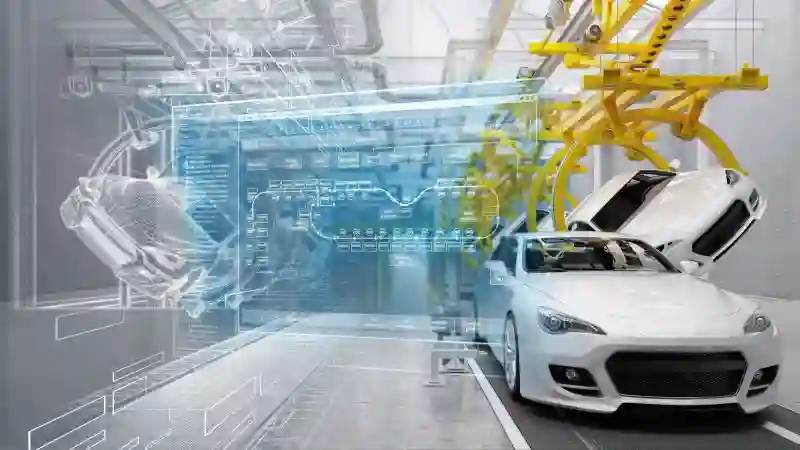Amid rising interest rates, supply chain challenges, and recession fears, the auto industry is in a period of cautious build-back. Can it rebound to pre-pandemic demand levels?
Consumer mobility behavior is shifting to a new norm of using fit-for-purpose vehicles. This will lead to specialized vehicles that are designed for high utilization and robustness, boosting market opportunities.
Electrification
The automotive manufacturing industry is moving towards the electric vehicle (EV) era. With transportation accounting for more than a third of global carbon emissions, manufacturers are looking to reduce their impact by shifting from traditional fossil fuel-powered vehicles to EVs.
In addition to reducing the vehicle’s carbon footprint, EVs offer many other benefits, including greater comfort and safety features. Consumers are demanding these advanced technologies, creating opportunities for OEMs to improve their products and distinguish themselves from competitors.
The COVID-19 pandemic and the semiconductor shortage have decreased demand and halted production, but automakers have started to recover. Several major players are planning to invest in new production facilities to meet increased demand for EVs. These investments are likely to have a significant impact on the supply chain, changing fundamental structures and attitudes. As a result, some suppliers may need to shift from legacy business to new opportunities. This will require them to invest in new capabilities and acquire new skills.
Connectivity
In-vehicle connectivity is a critical element of the connected car, providing data and services that support safety systems. Connectivity ICs need to be reliable, operate across different wireless networks and be compatible with a global automotive ecosystem.
Connectivity also enables cars to communicate with each other and the infrastructure, allowing for safer and greener roads. This is particularly important in developing markets, where a growing middle class and vast youth population will drive demand for new technologies such as predictive braking systems.
To remain competitive, traditional car manufacturers must adapt to the paradigm shift toward mobility as a service. This will create more competition from mobility providers, tech giants and specialty OEMs. This could force companies to consider acquisitions, partnerships or consolidation of their business portfolio. The shifting dynamics of the industry will lead to more complexity and volatility in the automotive manufacturing market. However, it will ultimately allow manufacturers to create more user-oriented innovations that will be more relevant to consumers and boost revenue potential.
Reliability
The automotive manufacturing industry is a critical element of global economic development. The sector is responsible for a substantial portion of GDP in many countries. This is because of its wide-ranging impacts, including enabling industrial production, providing mobility, and employing workers around the world.
However, in recent years, the industry has been facing several major challenges. First, production halts during the COVID-19 pandemic and subsequent semiconductor shortages led to a decline in car sales. Moreover, the industry continues to face challenges from the rise of ESG, with investors increasingly demanding that car makers monitor and self-audit their facilities.
The major market players in the automotive motors are adopting various strategies to expand their worldwide footprint, such as new product launches, contractual agreements, partnerships, and increased investments. This is resulting in a competitive and rising market environment where manufacturers must offer cost-effective items. As a result, the market is expected to grow well in the coming years.
Design
While the automotive industry is a powerful force for economic growth and social change, it also faces several challenges. These include increasing capital expenditures and strict regulations to reduce emissions and improve safety. The industry must also prepare for a shift to electric vehicles (EVs).
In addition, new technology is pushing for more personalisation in cars, which could lead to data risks. As vehicles become interconnected, information is stored in servers and is vulnerable to rogue actors. This can result in compromising the driver’s privacy and security, as well as the vehicle itself.
The automotive market includes companies that sell, manufacture, design, and develop passenger automobiles and light trucks. It excludes commercial vehicles, such as delivery trucks and large transport trucks. The industry also encompasses most components, such as engines and bodies. However, tires are a separate category. The report provides a thorough study of the industry’s market drivers and restraints through 2030. It also offers a detailed analysis of the competitive landscape of the automotive market.



